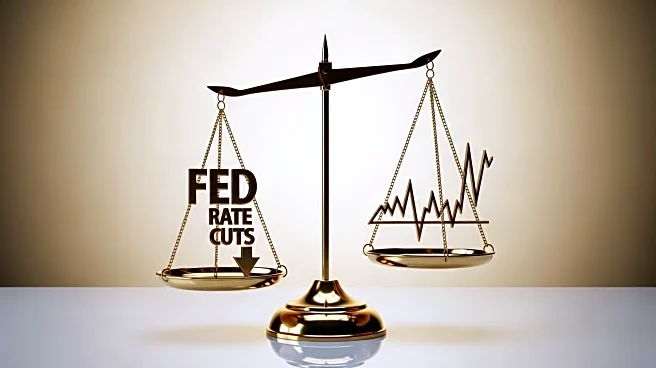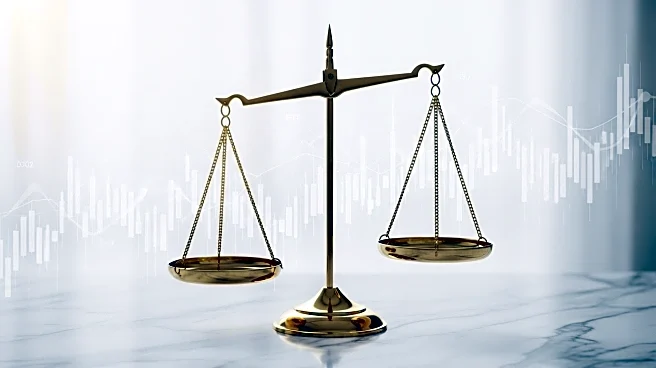What's Happening?
A new analysis suggests that structural factors may be setting the stage for the next commodities super cycle. Supply risks are heightened by geographic concentration, with significant portions of global copper and iron ore production coming from a few countries. The push for electrification and decarbonization is driving demand for metals like copper, with potential supply shortfalls predicted. Financially, commodities are undervalued compared to other asset classes, presenting a strategic hedge against inflation.
Why It's Important?
The potential commodities super cycle could have significant implications for global markets, affecting prices and investment strategies. As demand for metals increases due to electrification and decarbonization efforts, industries reliant on these materials may face challenges in securing supply. Investors may turn to commodities as a hedge against inflation, influencing market dynamics and asset allocation. The situation underscores the need for strategic planning and investment in resource development to meet future demand.
Beyond the Headlines
The commodities super cycle could lead to long-term shifts in global trade patterns and resource management. Countries with significant mineral resources may gain geopolitical leverage, while those reliant on imports may face increased costs and supply chain vulnerabilities. The focus on green demand highlights the intersection of environmental sustainability and economic growth, prompting discussions on responsible resource extraction and consumption. The cycle may also drive technological innovations in mining and materials processing.











